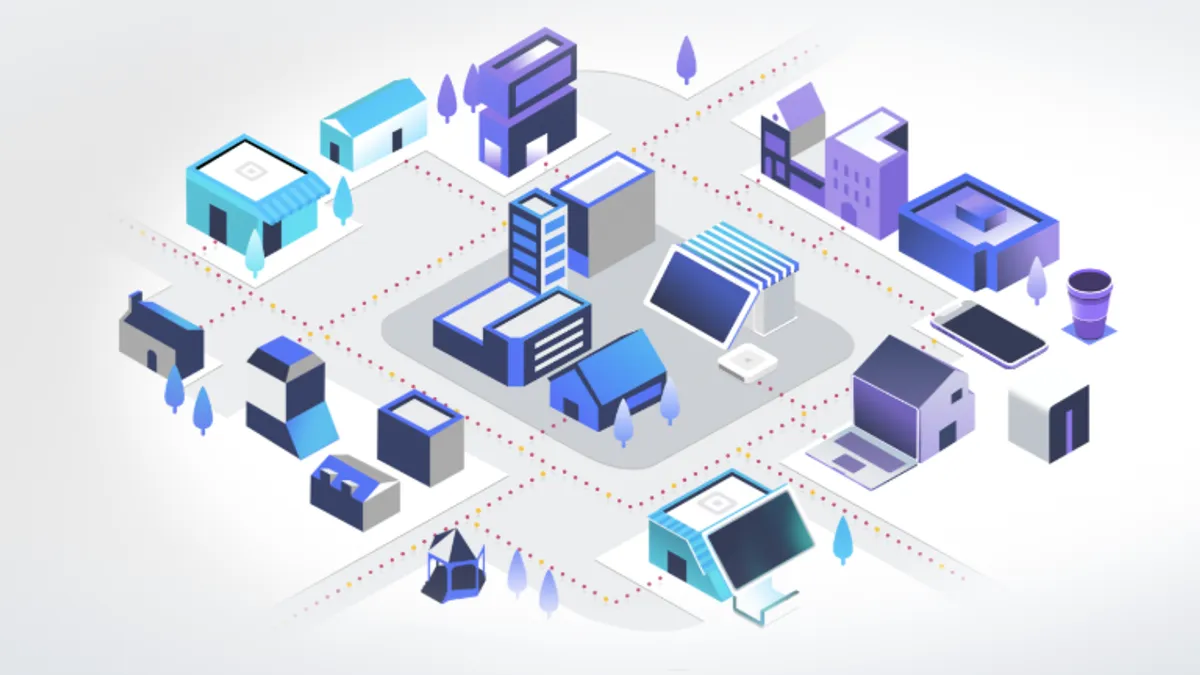Dive Brief:
-
Point-of-sale provider Square on Thursday rolled out Order API, which allows merchants to manage order fulfillment within the Square system. The feature is available in the United States, Canada, Australia, Japan and Great Britain, according to a company press release.
-
The API allows developers to consolidate the order management process under one system. "Square sellers already use the Square Point Of Sale to ring up an order and take payments from buyers," the company said. "Now, they have the option to take that experience a step further and use their POS as an online and in-app order [fulfillment] and management hub."
-
According to Square's announcement, developers were often frustrated at having to use several vendors to build a system that fit a merchant's needs. With APIs including Square's newest addition, developers can simplify the process and sellers can complete more order management tasks within a single platform.
Dive Insight:
The continued expansion of its developer platform and accompanying APIs further positions Square as a robust commerce management system, not just a POS vendor. The company announced updates to its Square Online Store and Square for Retail products in March, which allow users to add e-commerce capability to their sales options, including Instagram selling. Those revamps came in the wake of Square's acquisition of web hosting company Weebly.
Square also acquired Eloquent Labs, an artificial intelligence company, in May, possibly to offer increased communication options between Square merchants and customers via some sort of chatbot. Square's hottest competition is Shopify, who has made recent moves of its own including the release of a contactless payment reader. But Square and Shopify aren't the only players in this game. PayPal and Apple Pay are also keeping on top of mobile payment trends as they apply to small businesses of both the e-commerce and brick-and-mortar variety.
Square's API addition is focused on helping its clients meet customers where they are, whether in store or on a variety of other buying platforms. An earlier McKinsey report found that at least 60% or more of consumers in the U.S., U.K. and Germany shop equally offline and online.













